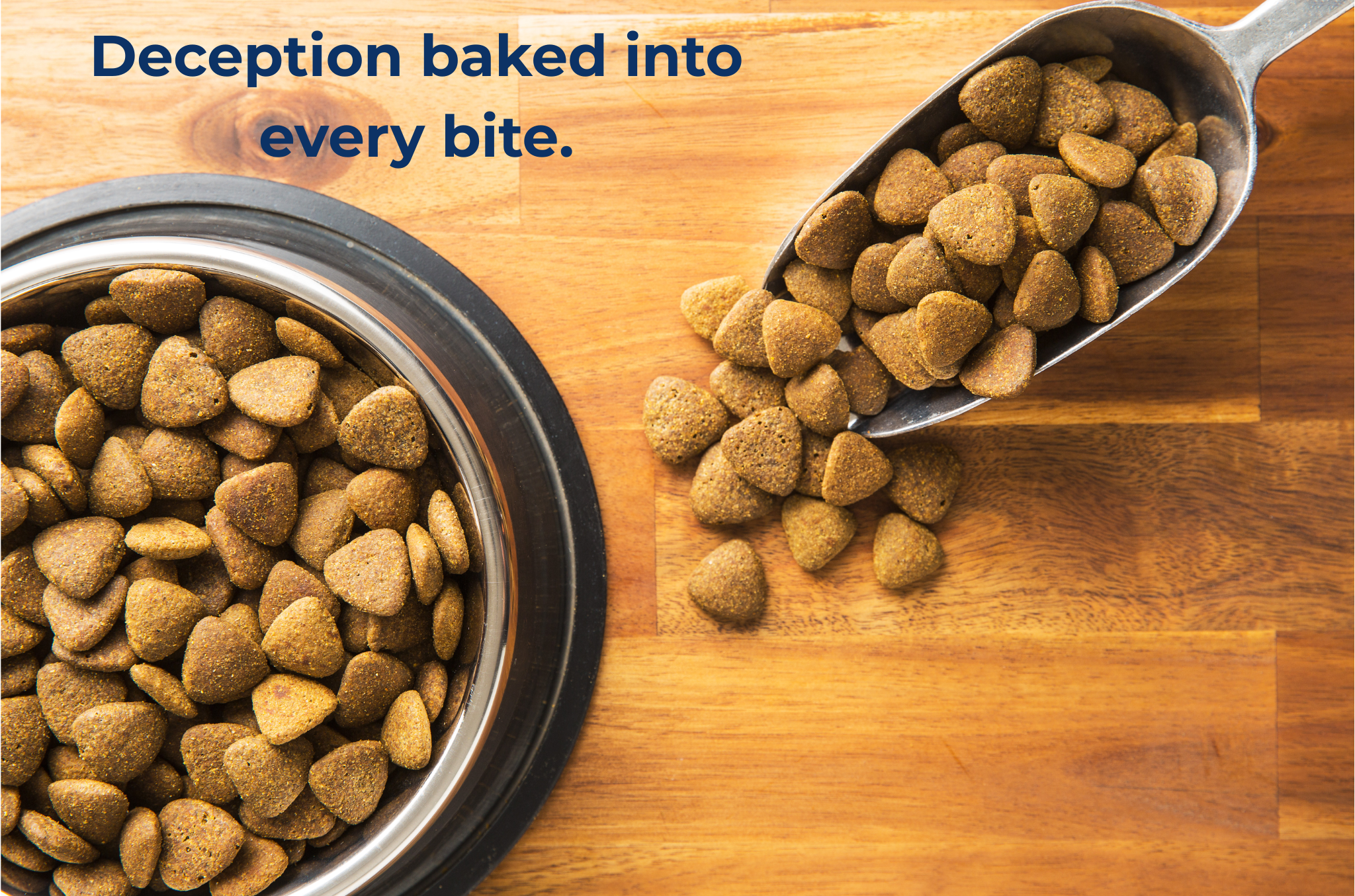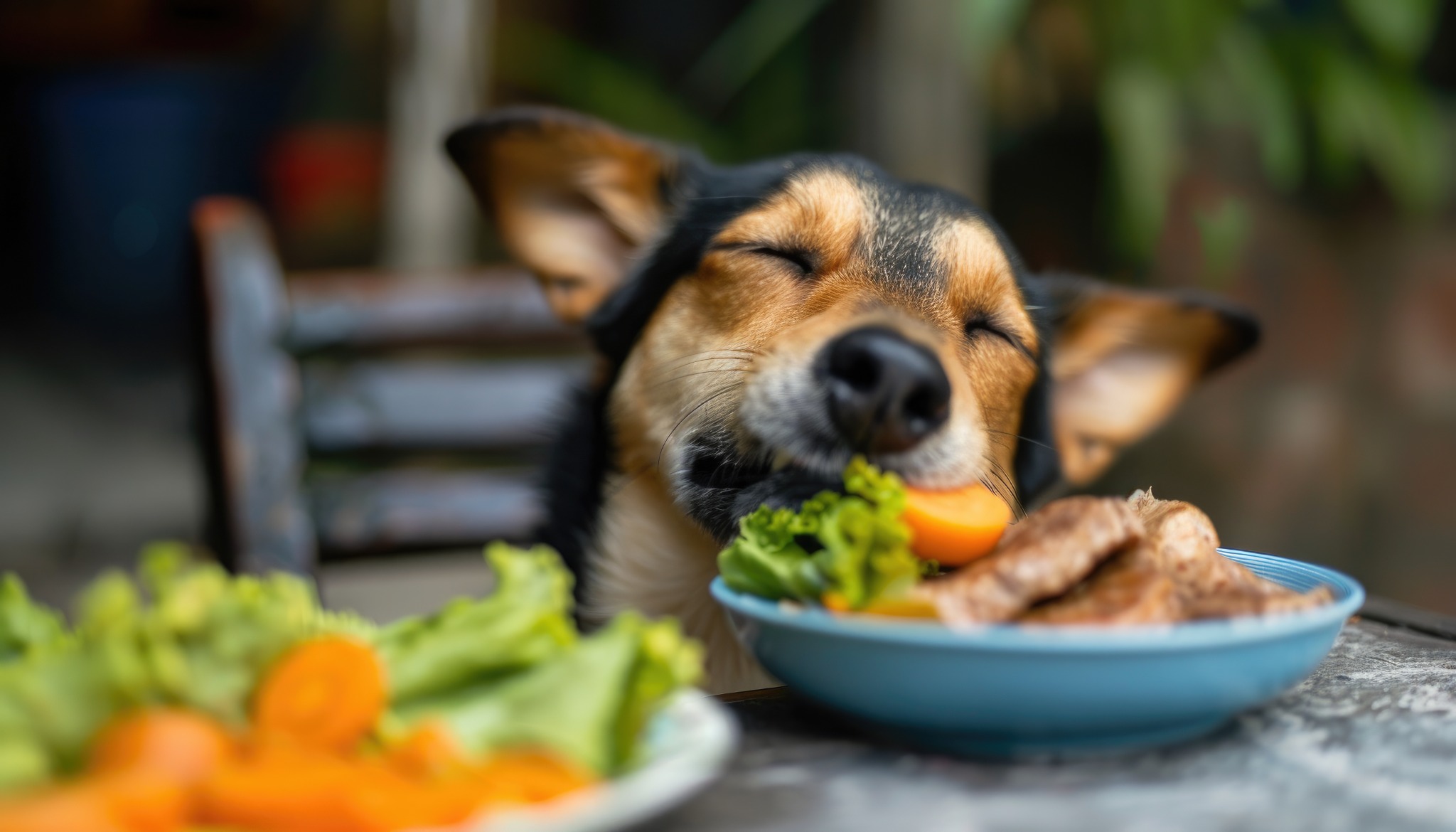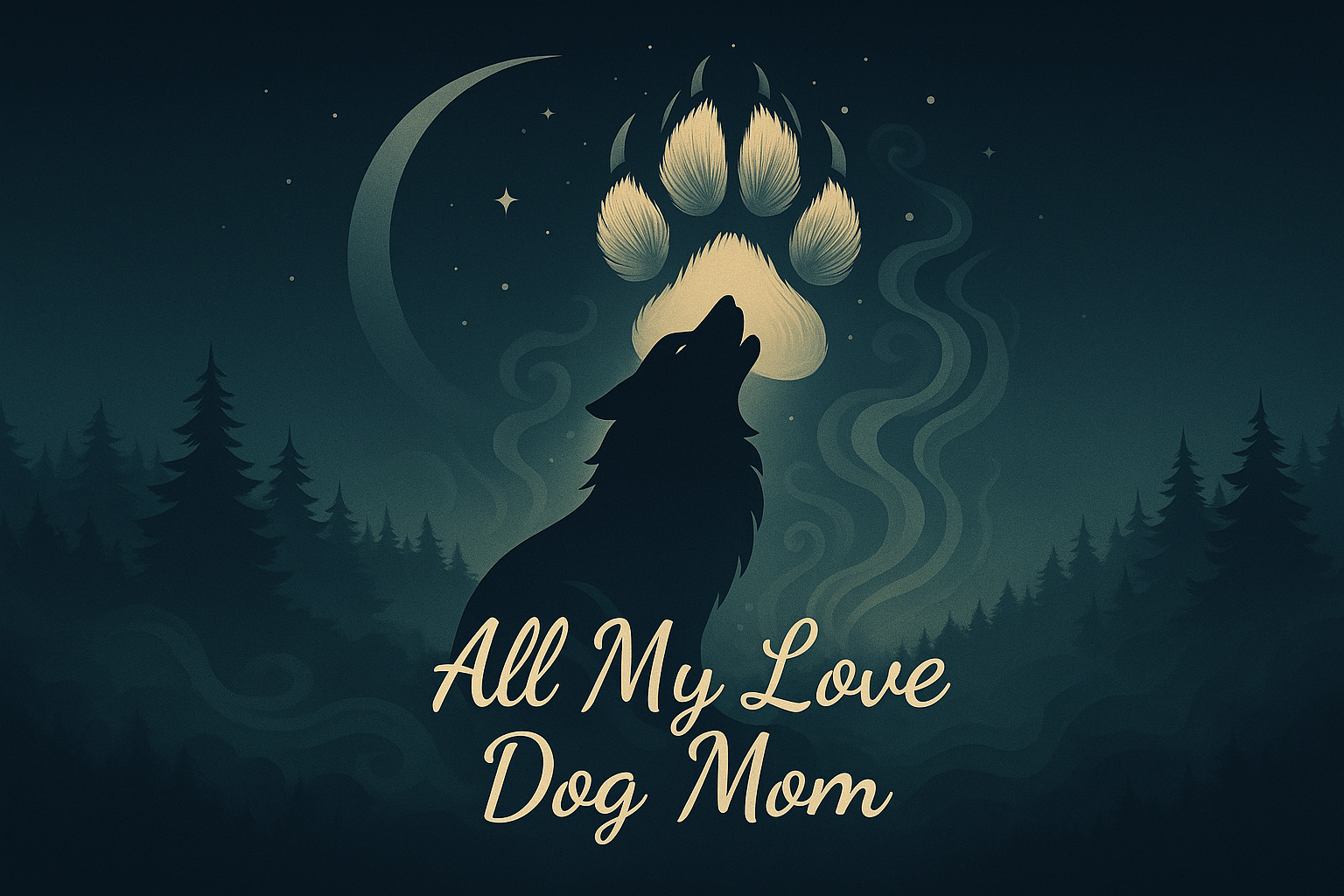The Dry Kibble Lie: What the Dog Food Industry Doesn't Want You to Know
We’ve all seen the commercials—bags bursting with colorful bites, smiling dogs, and promises of "complete and balanced nutrition." For decades, the dog food industry has told us that dry kibble is not only safe, but ideal for our dogs. But what if I told you those glossy bags are filled with more marketing than nourishment?
It’s time to pull back the curtain.

🐾 The Origins of Kibble: A Product of Convenience, Not Health
Dry kibble wasn't born from a veterinarian’s dream to nourish dogs. It came from the same industrial thinking that gave us processed food. In the 1950s, as pet ownership surged post-WWII, pet food manufacturers saw an opportunity: create a long-shelf-life product using cheap, leftover ingredients from human food production—grains, fillers, and meat byproducts.
And just like that, kibble became the convenient, mass-produced norm. Not because it was best for our dogs—but because it was best for their profit margins.
🐾 The Dangerous Truth Hidden in the Ingredients
Flip over the bag. What do you see? Corn. Wheat. Soy. “Meat meal.” These aren't ingredients your dog would hunt in the wild—or choose on their own. They're cheap fillers and rendered proteins, stripped of nutrients, then sprayed with synthetic vitamins and "flavor enhancers" to be remotely appealing.
Kibble is cooked at extremely high temperatures, which destroys many natural nutrients and creates advanced glycation end-products (AGEs)—compounds that have been linked to inflammation, cancer, and metabolic disease in both humans and dogs.
And yet, the industry insists kibble is complete. Balanced. Perfect.
But the truth? It’s a dead food. And your dog deserves better than that.
🐾 What Kibble Is Doing to Our Dogs
Many pet parents don’t realize that chronic issues—like itchy skin, recurring ear infections, obesity, dental decay, and even early-onset arthritis—can often be traced back to what’s in the bowl. And while genetics and environment play a role, food is foundation.
Dry kibble is dehydrating. It’s inflammatory. It often contains hidden mold toxins (mycotoxins), dangerous preservatives like BHA/BHT, and ingredients sourced from diseased or dead animals labeled as "4D meat" (dead, dying, diseased, disabled).
This isn’t fear-mongering. This is fact.
Veterinarians are seeing more cancer, more organ failure, more behavioral issues than ever before—and many are starting to connect the dots.

🐾 Why the Industry Keeps Pushing It
Money. Kibble is cheap to make, easy to store, and marketed as science-backed. But much of that "science" comes from studies funded by the food manufacturers themselves. And veterinary schools? Many receive donations and curriculum materials from pet food companies.
It’s a closed-loop of convenience and control.
The people at the top are feeding the system—while dogs at the bottom are suffering because of it.

🐾 So What Should We Feed Our Dogs?
Real food. Whole food. Species-appropriate food.
That doesn’t always mean raw (though many thrive on it). It can mean gently cooked, freeze-dried, or home-prepared meals using fresh, biologically appropriate ingredients—think animal proteins, organ meats, healthy fats, and small amounts of vegetables.
Yes, it takes more effort. Yes, it can cost more up front.
But what’s the cost of chronic vet visits? Of watching your dog suffer with preventable issues? Of losing them too soon?
When we feed our dogs what nature intended, they thrive. Coats shine. Eyes brighten. Behavior improves. And we honor the bond with the care it truly deserves.
You're not just a dog owner. You're their pack. Their protector.
And now you know what the industry tried to hide.
The time to switch is now. Not out of fear—but out of love. 🐾❤️

0 Comments Add a Comment?